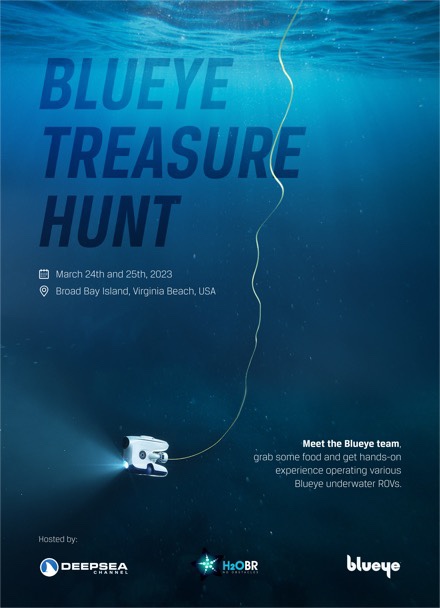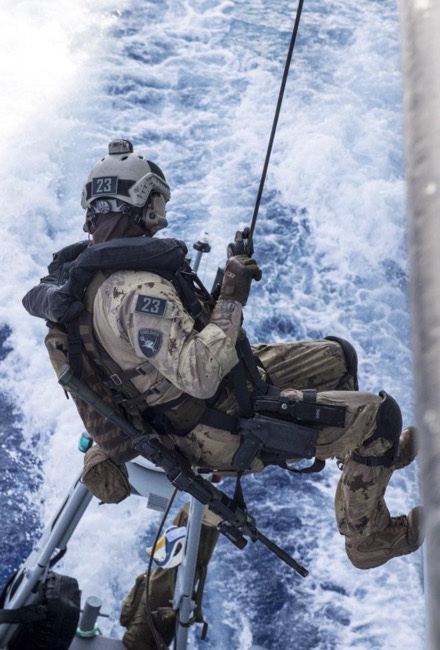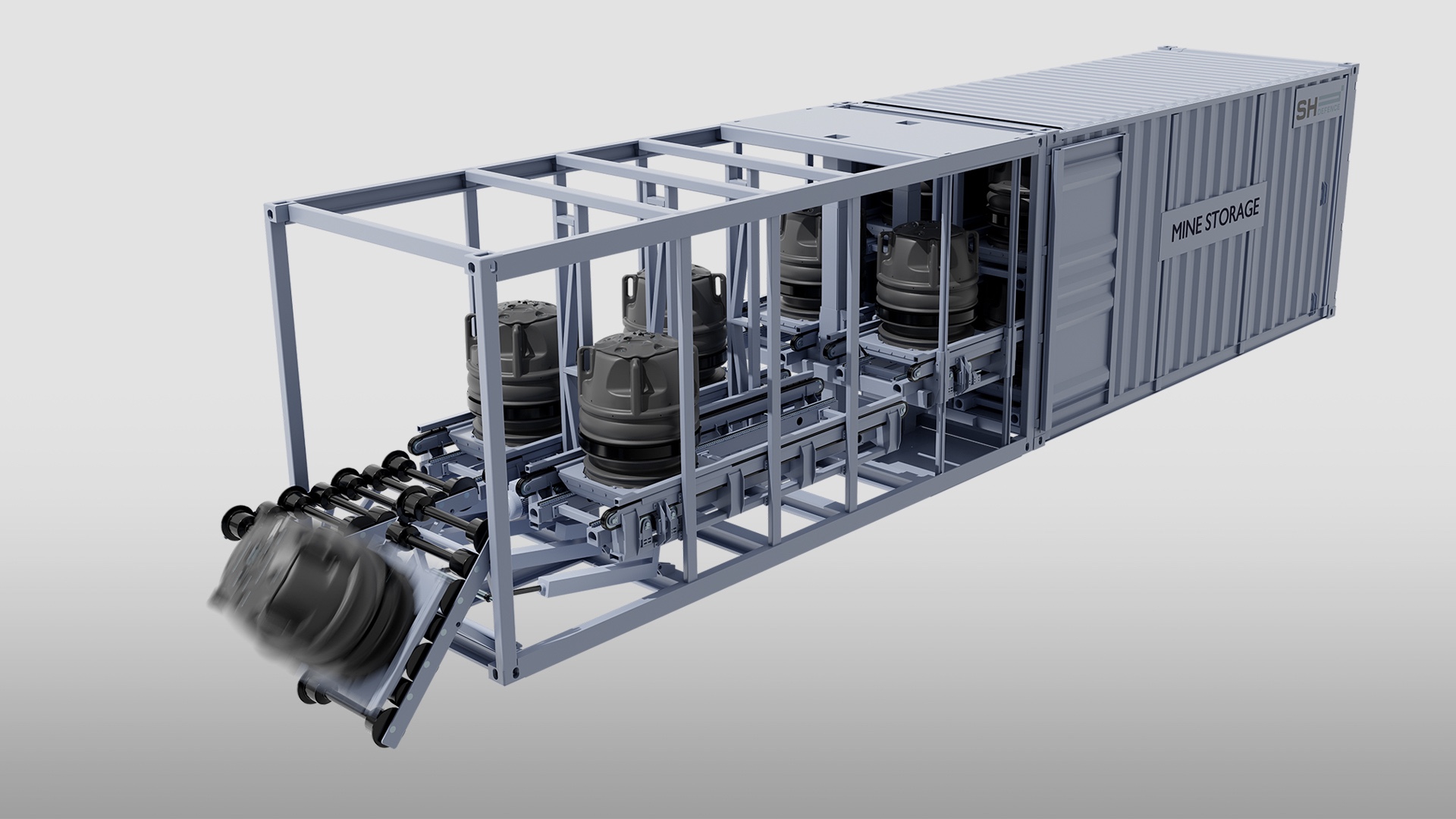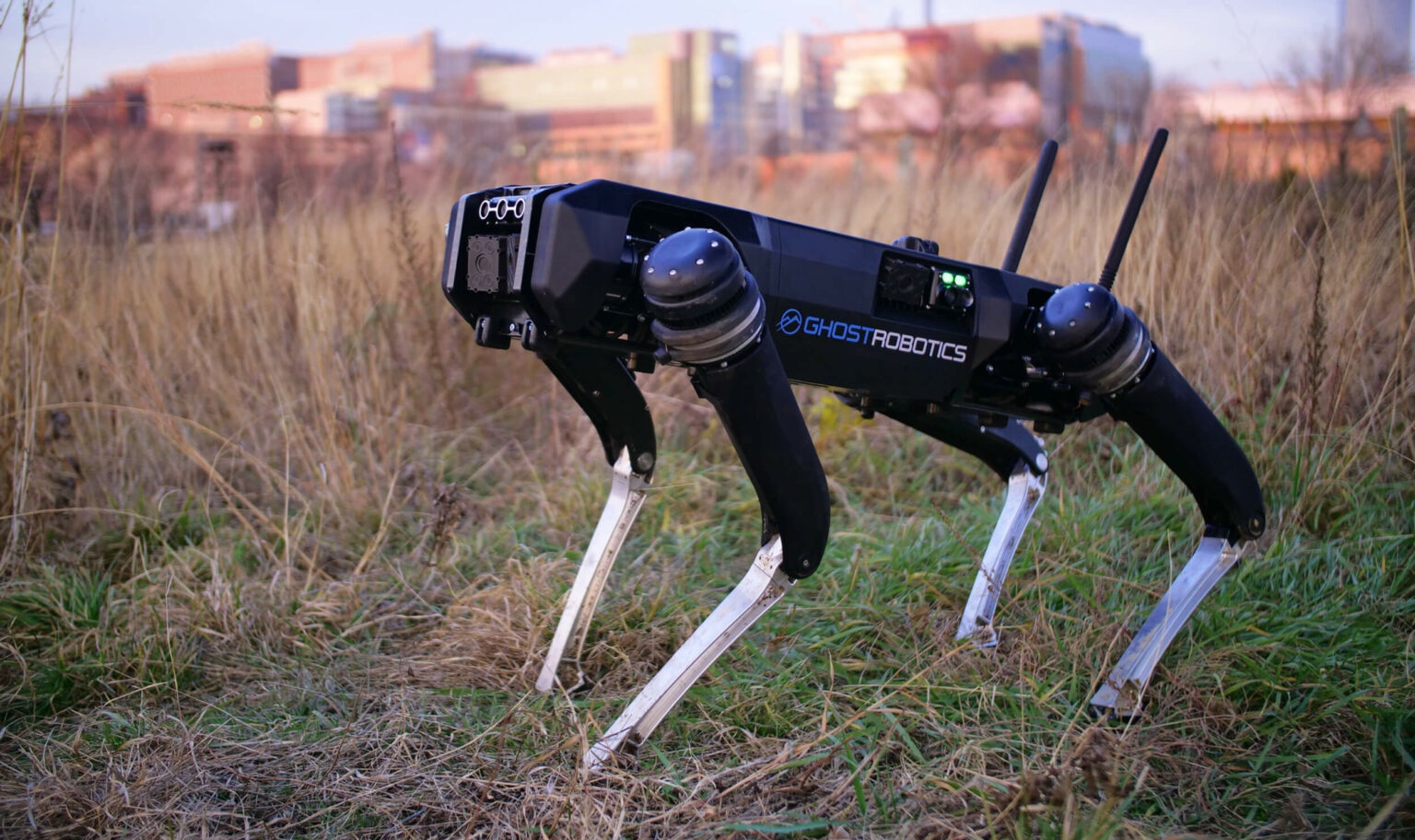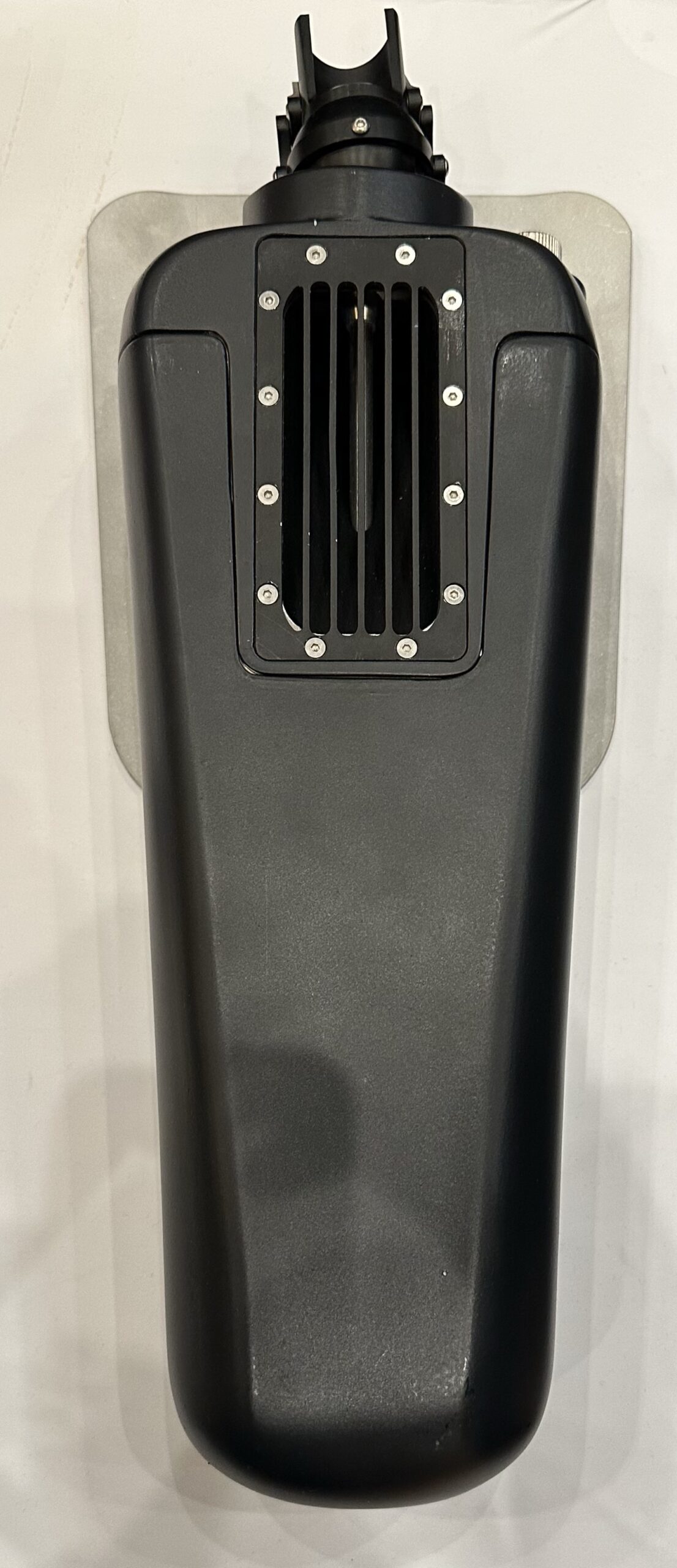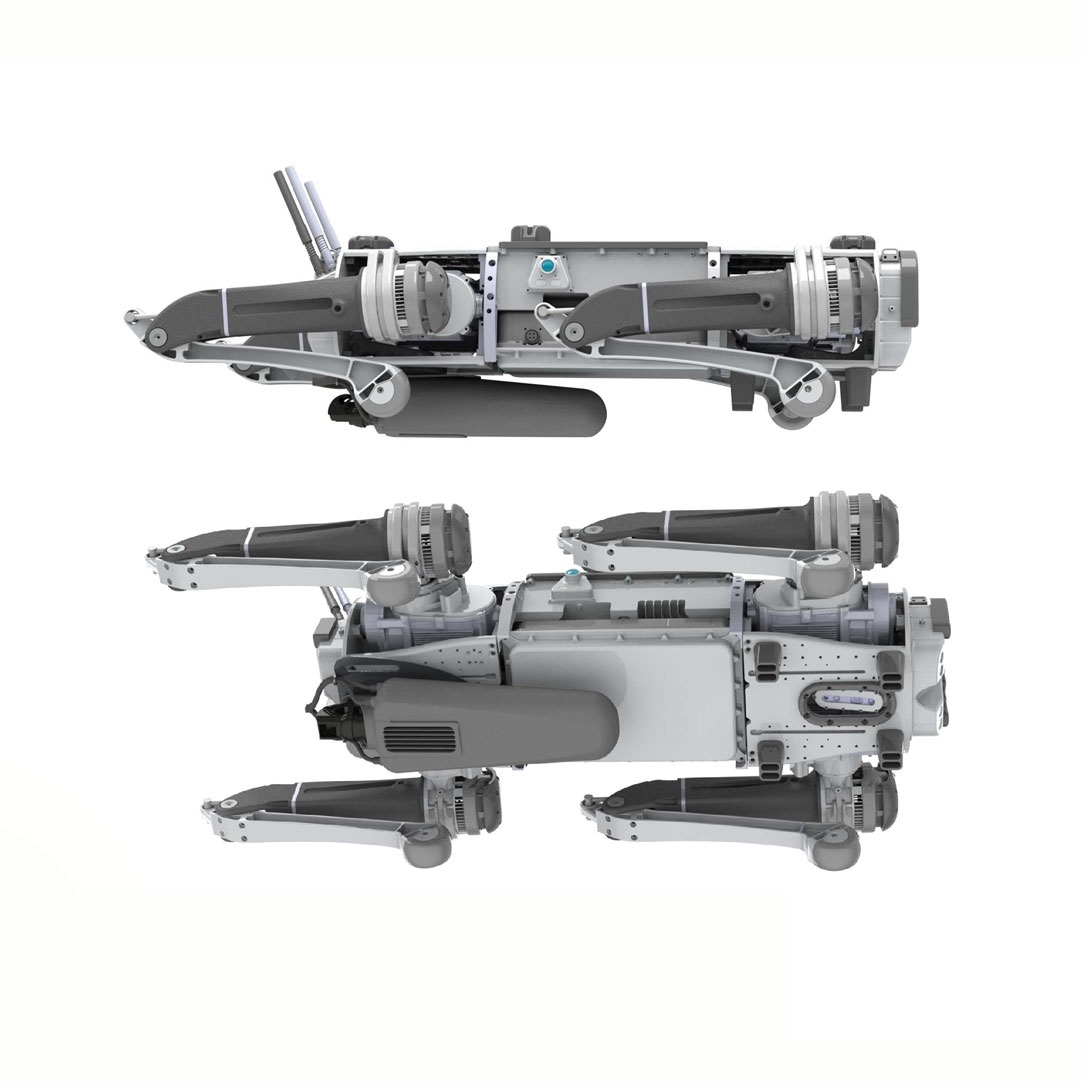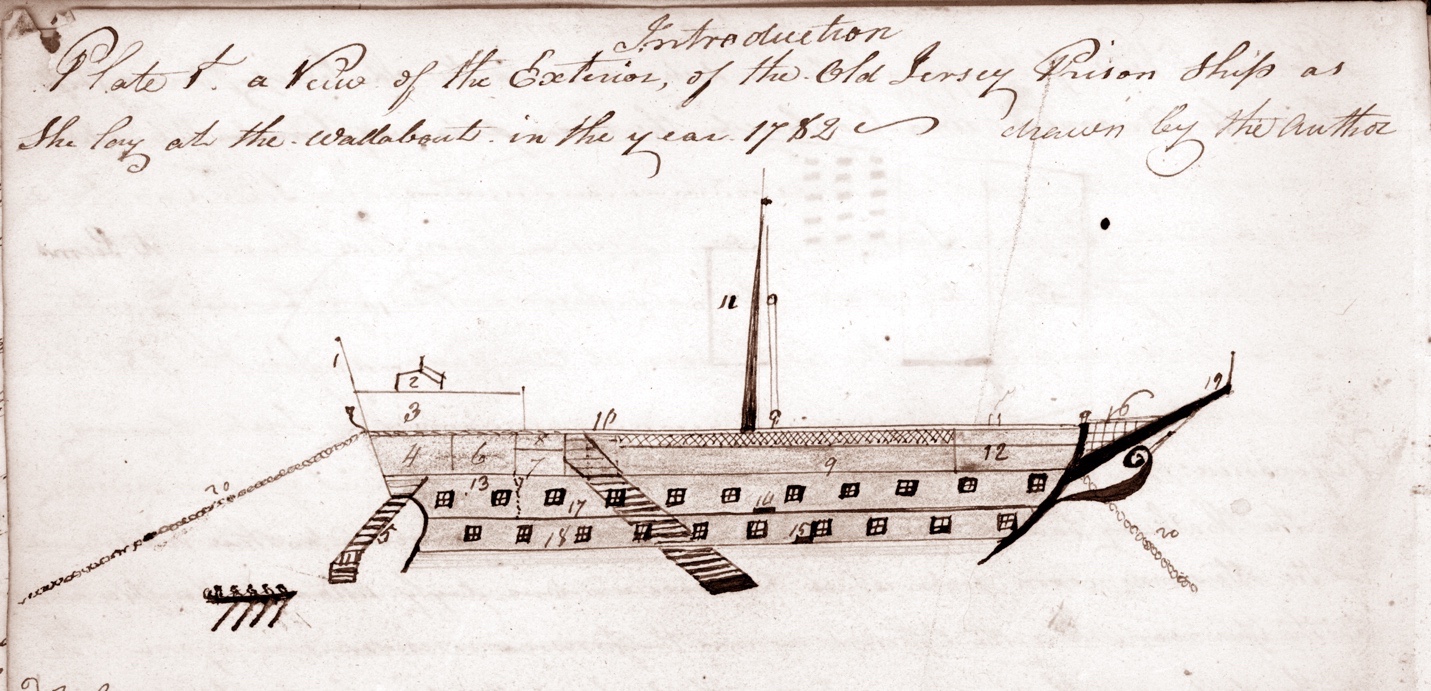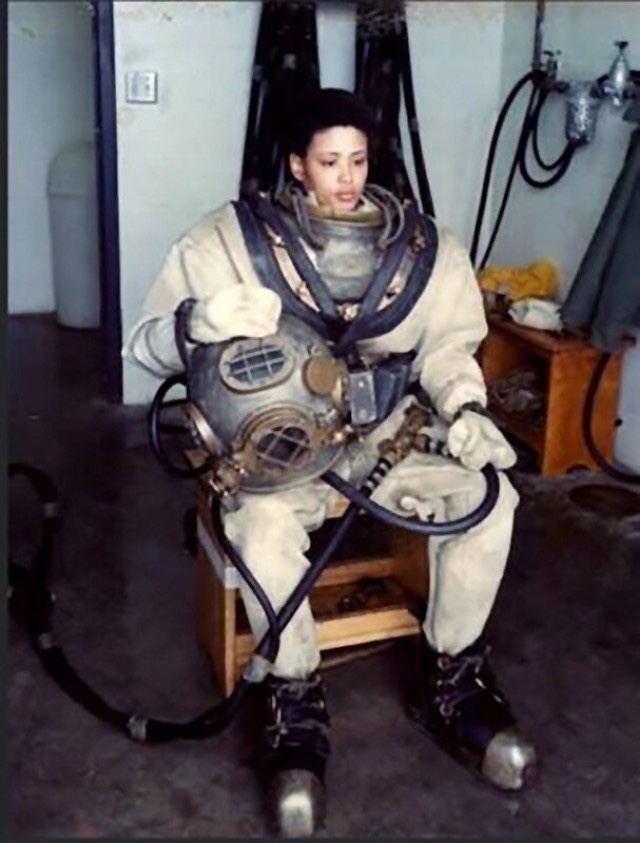
FORT LEE, Va. — Andrea Motley Crabtree’s career can be lauded as a ground-breaking triumph.
Or, it could be noted as a tragic tale of lingering misery, a grim reminder such achievements often come with human tolls.
Crabtree is the Army’s first female deep-sea diver and the first African American female deep-sea diver in any branch of service.
The retired Army master sergeant was the guest speaker at the Martin Luther King Jr. observance Jan. 19 at the Lee Theater. She spoke in front of a few hundred people, including CASCOM and Fort Lee commanding general Maj. Gen. Mark T. Simerly, whom she has known 30 years.
During the speech, the 64-year-old laid bare her fight to pursue what she loved, the forces that undermined her ambitions and the deep, invisible wounds she suffered as a result.
Crabtree said she knew the journey to earning the Army Diver Badge would be fraught with difficulty — a classmate said she “belonged in the kitchen barefoot and pregnant” — but even she could not anticipate the malevolence exhibited by some classmates because she was black and female.
“I expected to go through a lot of hazing when I went through dive school and I did,” she recalled, “and I actually agree with the process. Once that diver badge is pinned on, any diver that sees that pin knows exactly what I went through and what I’m capable of, and I knew the same of them … If they were wearing that pin, I knew they knew what they were doing. That should have been enough. That should tell it all. For me, it never stopped. I had to prove myself over and over and over again every day.”
The Westchester, N.Y., native was the only Black person and the only woman among eight Soldiers and more than 20 others on day one of her 1982 class at the U.S. Navy Deep Sea Diving and Salvage School at Panama Beach, Florida. The three-month program of instruction awarded the Corps of Engineers’ military occupational specialty 00B to Soldiers, who go on to use their training to support underwater maintenance and construction projects amongst other missions.
To graduate, students were required to pass a health and fitness assessment that disqualified many. Other course challenges included requirements to rise from a seated position wearing the 198-pound Mark V deep sea dive suit, walking to a ladder, descending into the water and climbing back up. In the end, Crabtree was one of only two Soldiers and nine Sailors to earn the coveted diver badge.
Although Crabtree had accomplished what no female Soldier had in the predominately white, male career field, there would be no confetti drop. It became clear from her first assignment at Fort Belvoir.
“There were only about 39 divers total in the Unites States Army diving field at that time — all male — and the majority of them were not thrilled to have me,” she said.
Soldiers’ expressions of disapproval included pranks such as turning Crabtree’s air off underwater; placing a dead snake in the freezer; walking around naked following physical training; and “assigning me with what they thought were impossible tasks to complete,” she said.
Nevertheless, Crabtree dove head-first into her duties because the rewards were much greater than the efforts to stop her.

“For the most part, I could put up with it because I was a diver, I was diving, I was doing what I loved and I was learning,” said the Soldier of 21 years and mother of three adult sons. “I was learning to become a better diver. I loved what I was doing.”
Seeing she might rankle the dive community’s elitist culture, Crabtree said she was shipped off to South Korea after about eight months at Fort Belvoir. There loomed one Sgt. 1st Class James P. “Frenchy” Leveille, a renowned master diver who had enough juice to squeeze Crabtree out of the career field. He introduced himself to her via a boisterous, blustering tirade on who was in charge and how things would be run.
“He told me I was no different than any other diver, and if I couldn’t pull my weight, he’d be getting rid of me,” Crabtree recalled. “He went on and on and on and on.”
Leveille defied what many thought was his role in pushing Crabtree out of the career field, she said. Instead, he turned out to be no more or less than a hard-but-fair Soldier who took care of his troops no matter what and who was ready to challenge anyone questioning his leadership.
“He told all the divers that he would decide who dove, when they dove and who they would dive with, and anybody who wouldn’t dive with me wouldn’t dive at all and would be taken off of dive duty,” she added.
Leveille, now 75, said he staked his career on fairness and was not ignorant to Crabtree’s circumstance.
“As far as I was concerned, she was going to get the same treatment and same opportunity as everybody else,” said retired the sergeant major, “and she did very well for herself. She was a good diver, and she was a good Soldier. That’s the way I rated her.”
Leveille’s directive to his troops was clear — he called the shots and nothing was going to happen to Crabtree or anyone else unless he approved. He stood firm on what was right in the face of tense dissent, and the troops eventually fell in line, said Crabtree.
“It was only due to the respect they had for him, that they did as they were told,” she said. “Command climate is everything. It trickles down. No one was going to go against Frenchy.”
Crabtree, who remains friends with Leveille, said she grew under his leadership, learning more about diving than in dive school. Her proficiency eventually became a threat to earning diving’s most coveted honor. In the eyes of diving’s leadership at the time, it was one thing to be a female diver, but it was downright blasphemous for one to sport the Master Diver Badge, said Crabtree.
“I’m not trying to be conceited,” she said, “but I was a good diver. And the senior leadership knew it. They knew if I was allowed to continue, I would’ve made master diver. And they would be damned if that was going to happen on their watch.”
Crabtree at some point concluded leaders bet against her becoming a diver in the first place. When she questioned why she was accommodated prior to training and not so much during the course and afterward, one officer concluded, “We didn’t think you’d make it.”

Crabtree withstood powerful gales of hostility in doing so, but destructive storms were brewing on the horizon. Her orders for advanced schooling in California following the Korea assignment were cancelled; her 300-point Army Physical Fitness Tests were rescored as a male’s; and she later received notice her MOS would be closed to women due to changes in policy.
Deciding some of the actions directed against her were discriminatory, Crabtree filed complaints with her chain of command, the post inspector general, the specialized training branch sergeant major and the Department of the Army inspector general.
“They all wouldn’t help me,” she recalled. “They all said there was nothing they could do. I told my command they had won and requested to be relieved from dive duty. I’ve been angry every day since then.”
That was 1985. Crabtree finished out her career as a signal Soldier. Over the course of leaving dive duty, her indignation has grown into debilitating discontent, consuming every corner of her consciousness.
“That anger has taken its toll on every aspect of my life — on my marriage, my children. It’s affected my finances and, most of all, it’s affected my mental health,” she said.
Crabtree, who was accompanied by her service dog Buddy during the speech, said she could accept people resisting her for breaking new ground but has had difficulty reconciling why she was ill-treated.
“It didn’t bother me when I was the only woman; it didn’t bother me when I was the only Black,” she said. “What bothered me was the way they treated me because I am a Black woman.
“I know what it feels like to be hated because I’m a woman,” continued Crabtree, “and I know what it feels like to be hated because of my race. Yes, I’m sure a lot has changed for the good in the last 25 years, but many of the same issues are still hanging around as well as plenty of new issues that are not being addressed properly …”
Crabtree said a strong, values-driven command climate is a potent antidote for building foundations that are supportive of Soldiers.
“Soldiers will follow without question the leaders who take care of them,” she said to the audience. “Be a good leader. Take care of your Soldiers, and they will take care of you.”
Now living in the Augusta, Georgia area, Crabtree said she has spent considerable time trying to heal as a result of what she experienced in the Army. Engagements such as the Fort Lee MLK event at which she spoke have helped.
After the speech, Crabtree spoke with Soldiers and many were thankful she shared her story. One interaction with an officer was notable and even haunting because it proved to be powerfully restorative, if only in a small way.
“I get a little choked up when I think about it,” said Crabtree later of her exchange with a senior Soldier who had no hand in her ordeal. “He handed me a coin, took off his Sapper Badge (Tab) and apologized for the engineers. He’s an engineer officer. It’s the first apology I received from anybody associated with the Engineer Corps or the military. It’s really had an effect on me.”
The effect of offering glimmers of hope in an otherwise tragic tale of lingering misery.
By Terrance Bell
Army Editor’s note: In the U.S. Army today, males and females can sign up for the dive MOS — re-designated 12B — as well as many others that were only open to males when Crabtree enlisted. They include those in infantry, armor, field artillery and special forces. The U.S. Army also has initiated numerous efforts to ensure all Soldiers are treated with dignity and respect.


